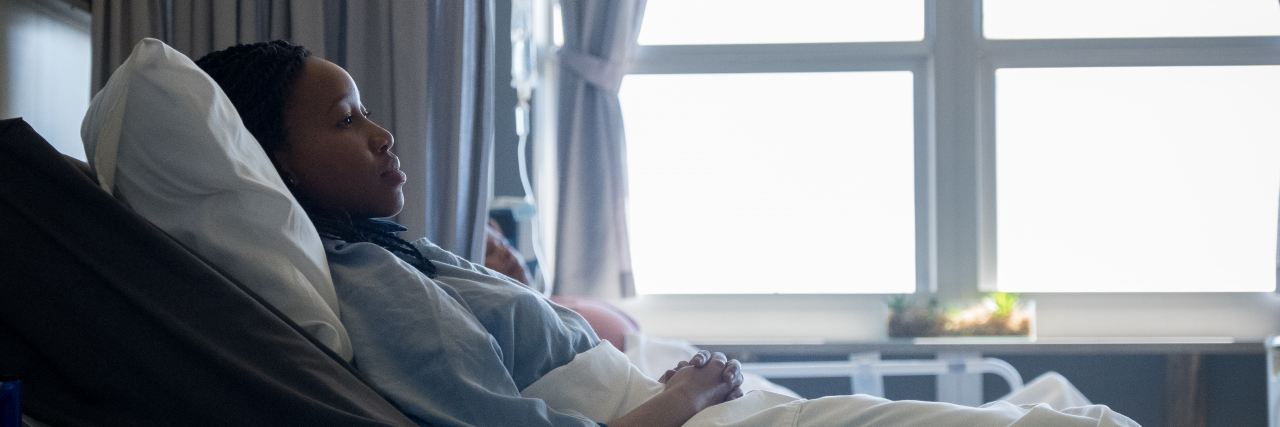In April 2020, I lay in a hospital bed in Atlanta, Georgia, while fighting for my life. Unlike many other patients in the hospital, I wasn’t struggling with the terrifying and then-mysterious COVID-19 virus — my terror was much more familiar. I’ve lived with sickle cell disease (SCD) for my entire life and have come to rely on life-saving blood transfusions when my symptoms become severe. But the pandemic caused a nationwide shortage of blood donations and doctors told me that there was no blood available to give me. I was blessed to eventually receive a transfusion, but this incident left me determined to do my part to make sure that other sickle cell warriors don’t experience the same problem in the future.
In people with this rare genetic disorder, the red blood cells form in a sickle shape instead of round. As a result, they are not able to transport oxygen throughout the body efficiently. Those with sickle cell disease can develop a number of potentially life-threatening complications including anemia, severe pain crises, infections, strokes, and organ damage. The common perception is that SCD is only experienced by people of African descent, but the disease is also seen in Hispanic, Asian, Middle Eastern, Indian and Mediterranean populations. There are treatments available to address certain symptoms of sickle cell disease, but no medications have been approved to treat its genetic root cause. Aside from pain medication and IV fluids, blood transfusions are one of the only treatments that mitigate my vaso-occlusive crises.
Since being diagnosed with sickle cell disease at 6 weeks old, I’ve lost count of the complications I’ve experienced due to the disease. My first vaso-occlusive crisis (when the blood flow to an area of the body is blocked by a buildup of sickle-shaped blood cells stuck in the blood vessels) occurred when I was 3 months old, and I had additional crises about four times per year throughout my childhood. They each caused me unimaginable pain. I have experienced liver failure resulting from gallstones, avascular necrosis, and transient ischemic attacks (TIAs), which are stroke-like attacks.
One of the most difficult aspects of having sickle cell disease is making decisions regarding my health. With no “cure” available for the disease, every medication or treatment option comes with potentially serious risks. I began taking hydroxyurea, a chemotherapy drug that is frequently prescribed to people with SCD, when I was about 16 years old. However, the medication is known to have devastating effects on patients’ reproductive systems. Even blood transfusions have side effects. I have worked with my medical team to manage the excessive iron in my body because if left untreated, it can cause liver disease, heart problems, diabetes, and other potentially life-threatening conditions. Some people with SCD eventually undergo stem cell transplants, but these are incredibly risky and not guaranteed to be successful.
I hope that sharing my story contributes to multiple conversations in the sickle cell disease and broader rare disease communities. I am one of the many sickle cell warriors that rely on blood transfusions for survival, and my goal is to remind those who are able to make donating blood part of their regular routines. When people hear about my experience, they often feel helpless and want to know if there is anything they can do. Becoming a blood donor is one of the best things anyone can do.
I think it’s important for sickle cell warriors to make it known that we are not satisfied with the current treatment options available to us. We have to do our part to push research forward by sharing our experiences so others understand how serious SCD is. Clinical trials that are in progress give me hope that our community will soon have access to a safe and effective treatment that does not interrupt our daily lives. I am determined to see the day when our struggles are spoken about in the past tense.
Getty image by Nattrass.

